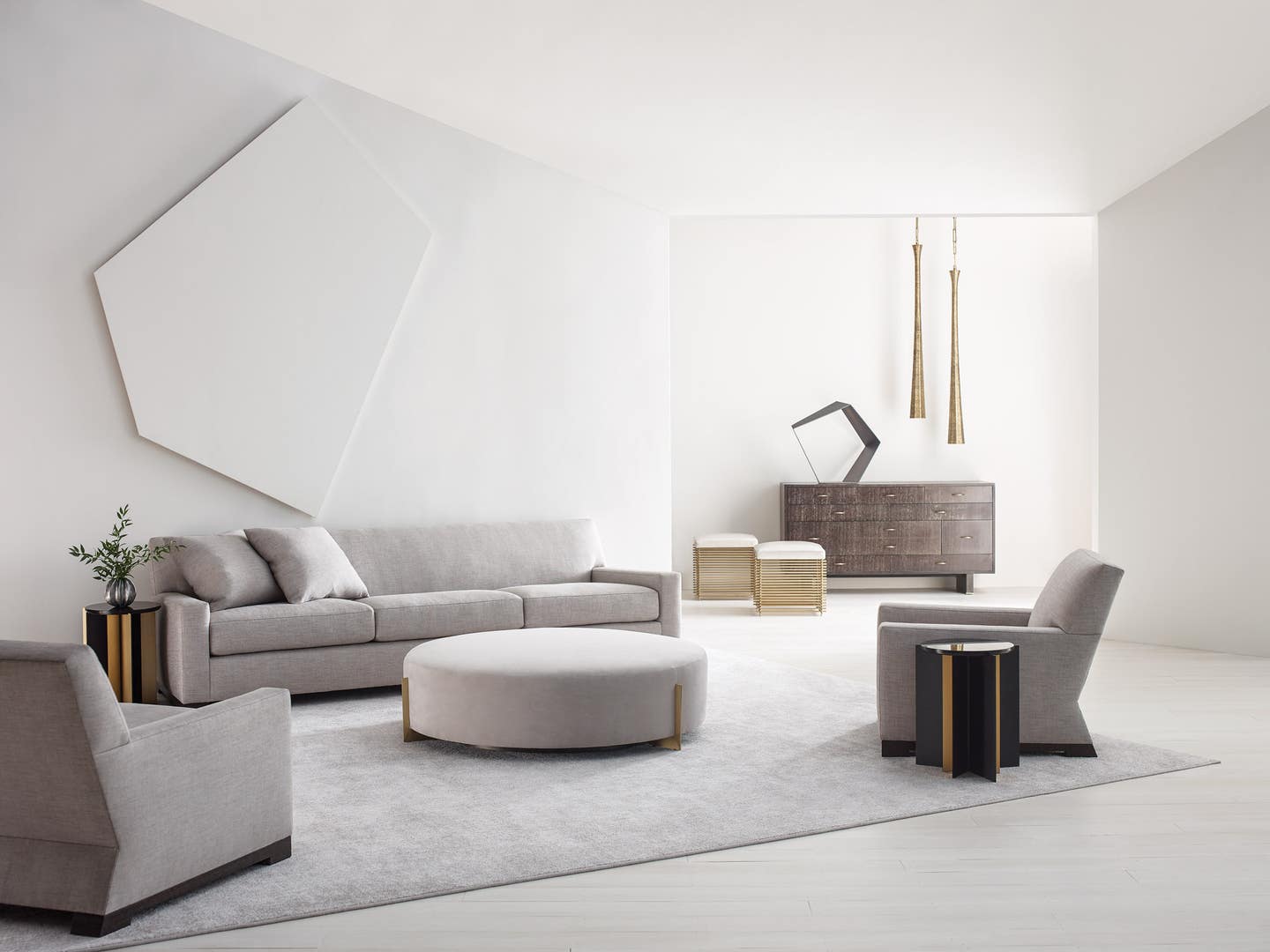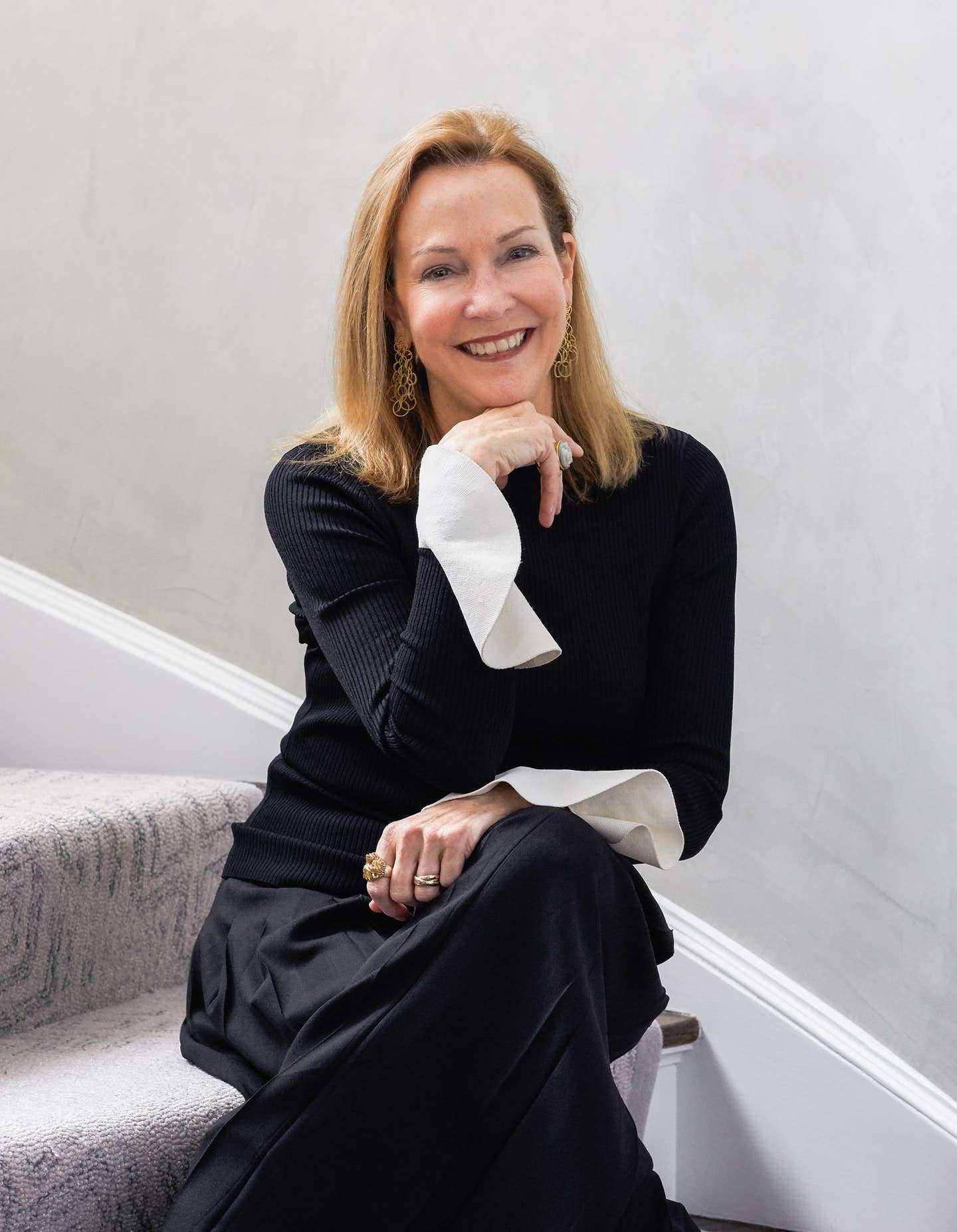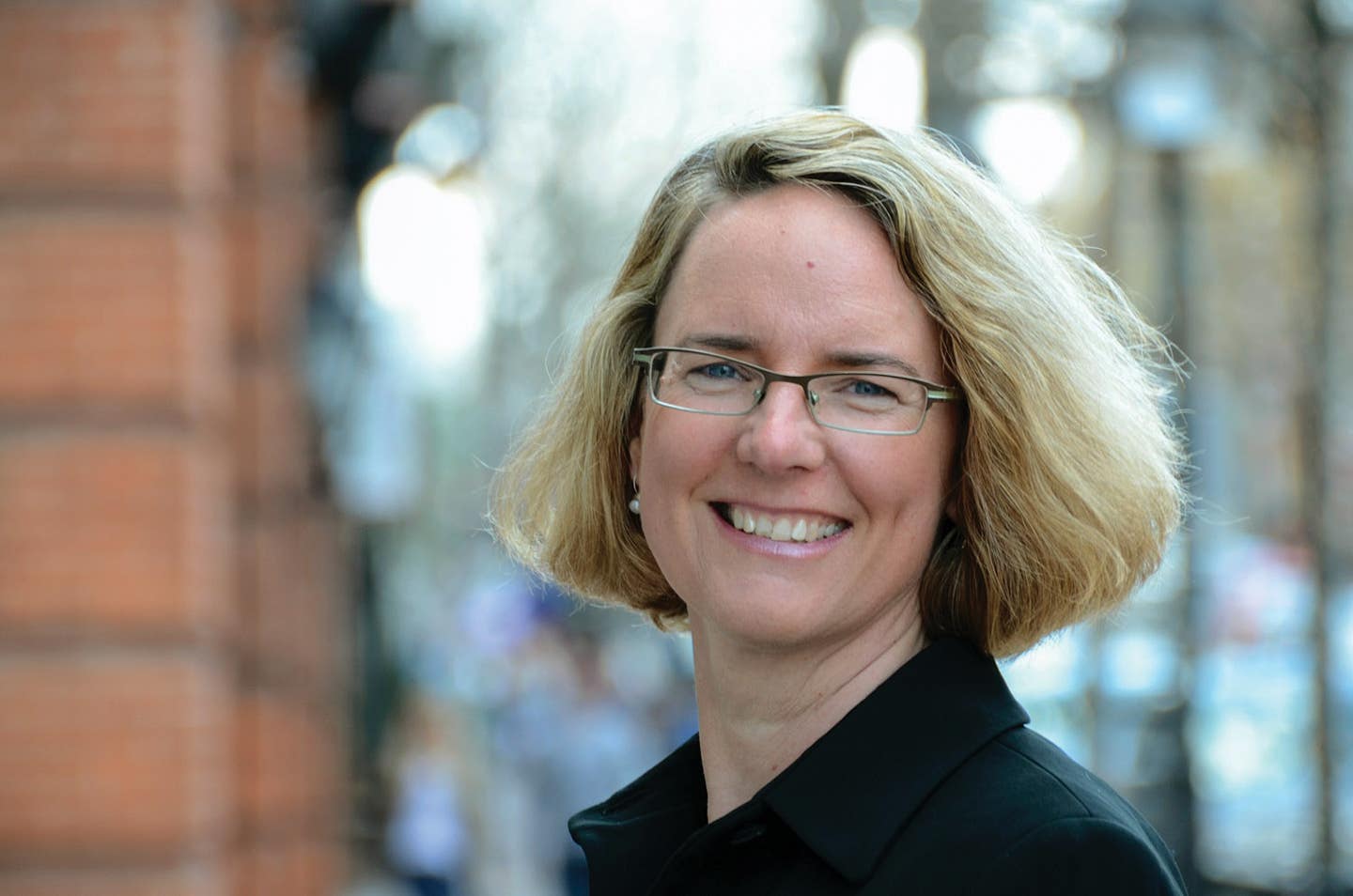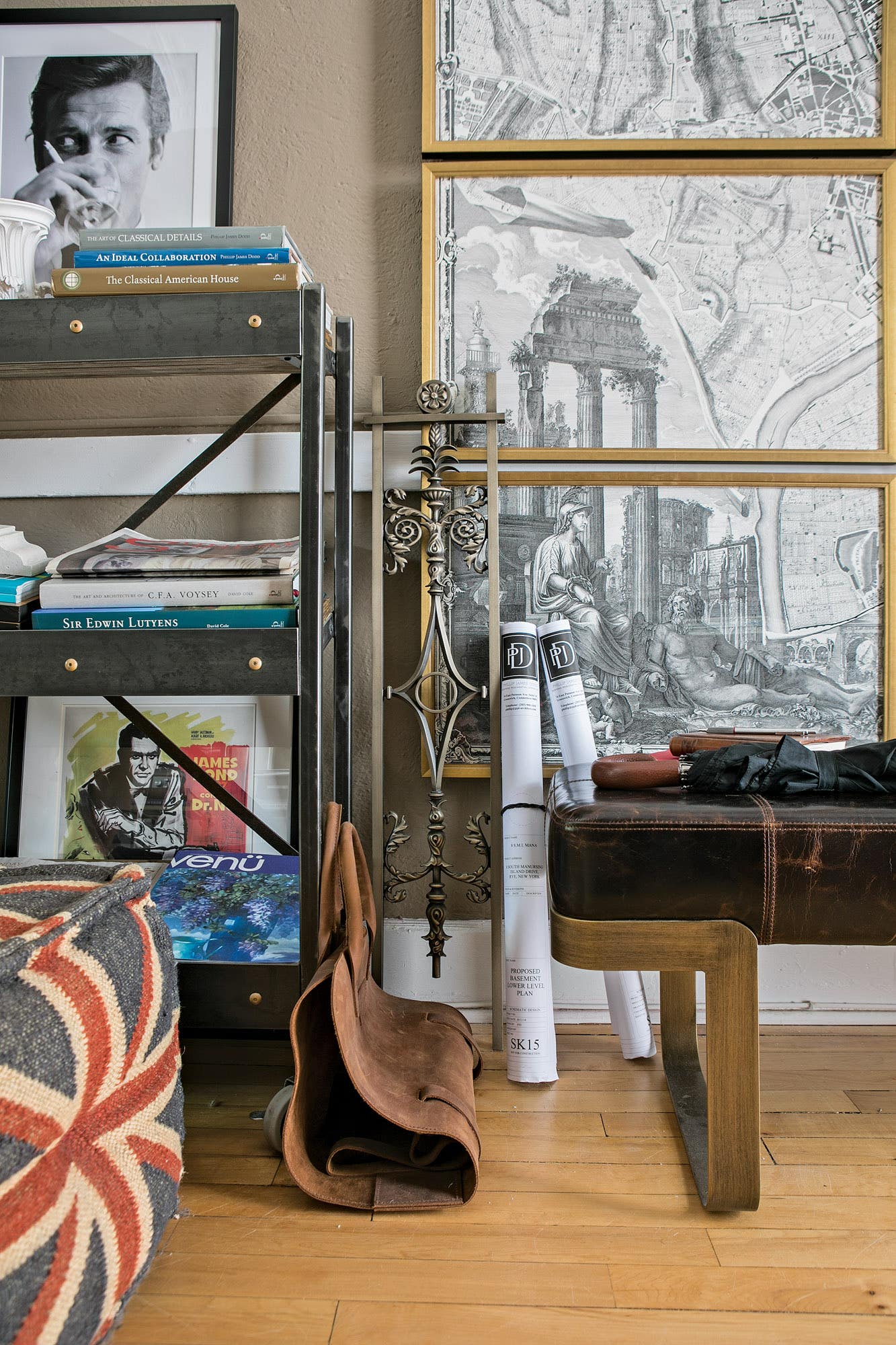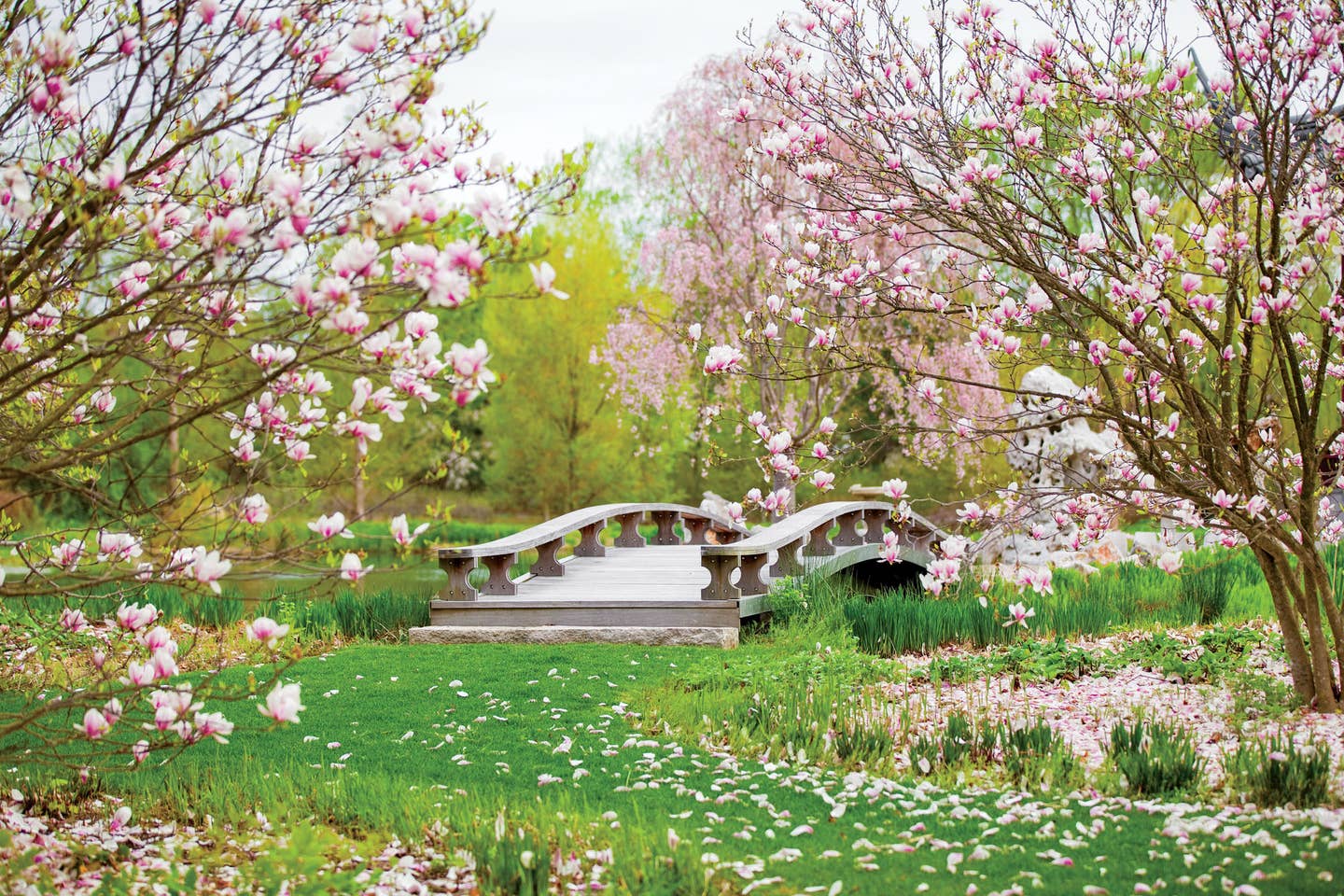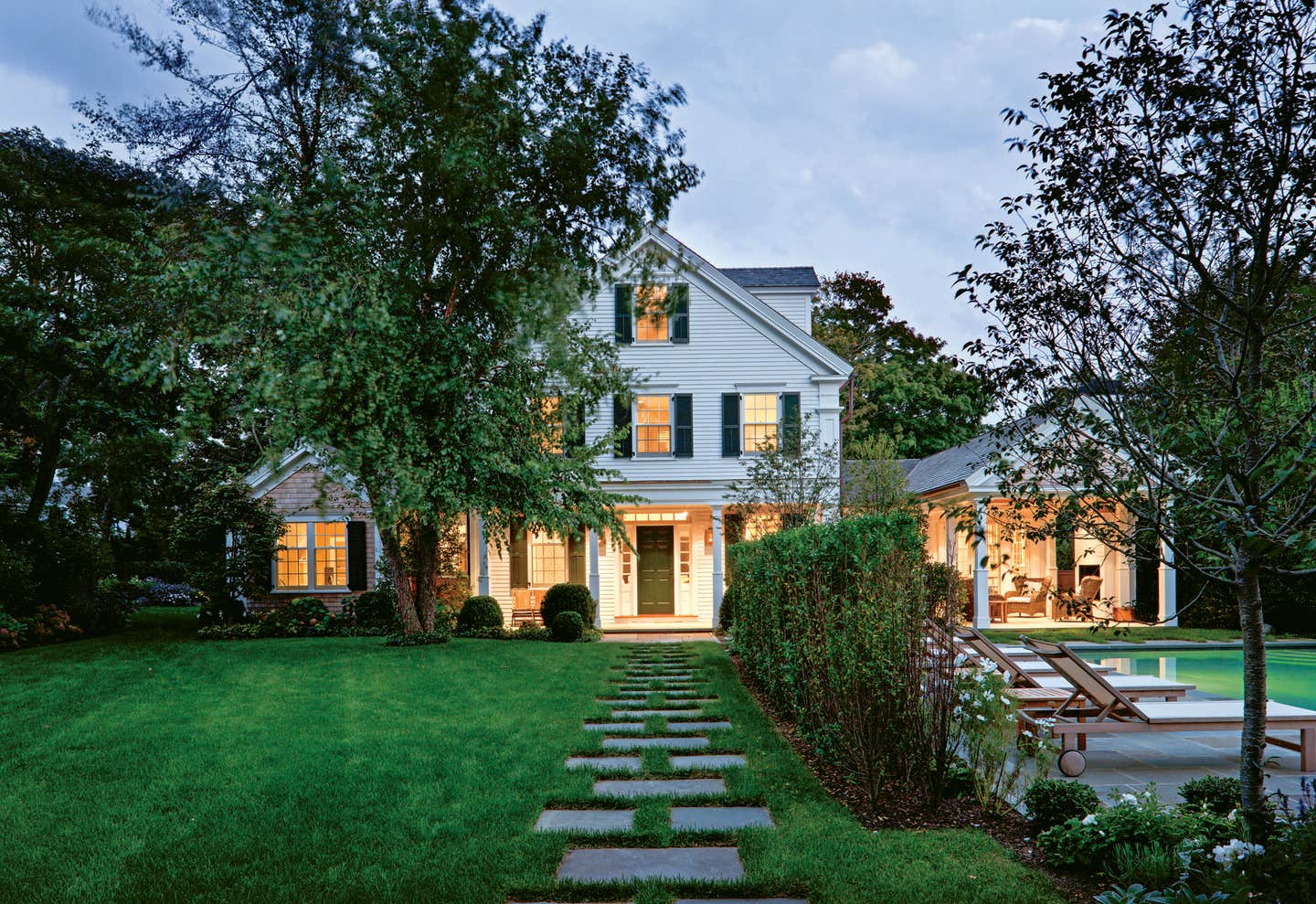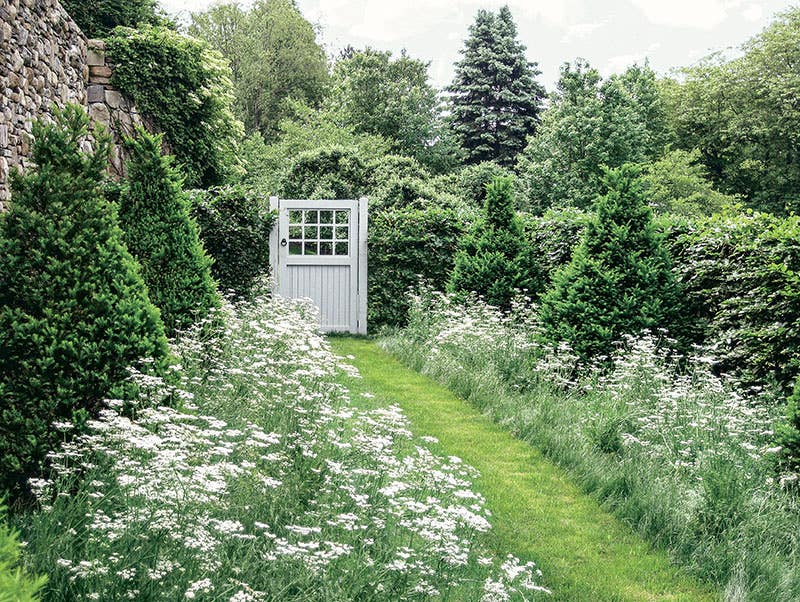
Profiles
Doyle Herman Design Associates’ Award-Winning Garden Design

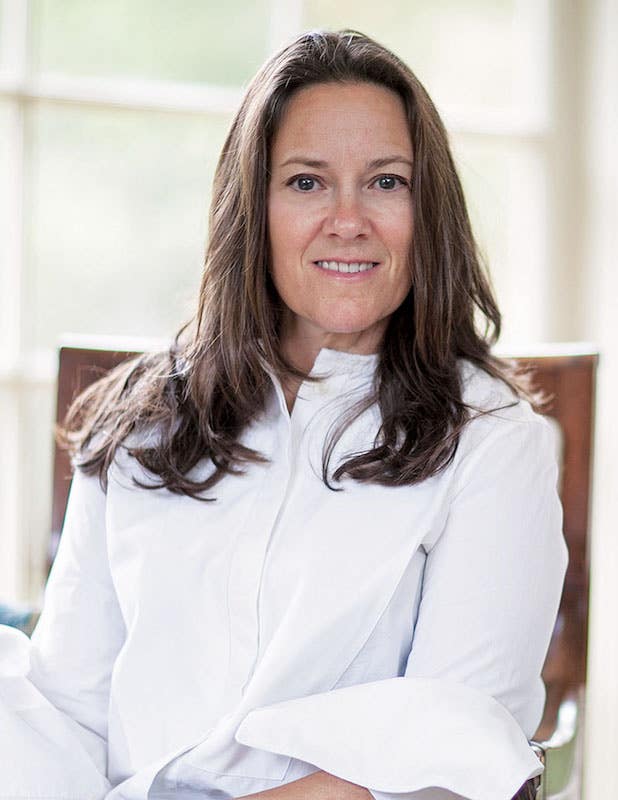

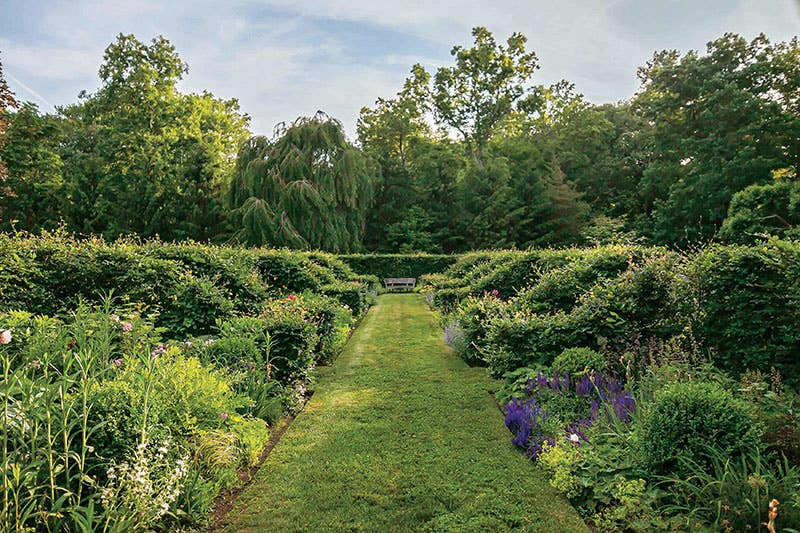
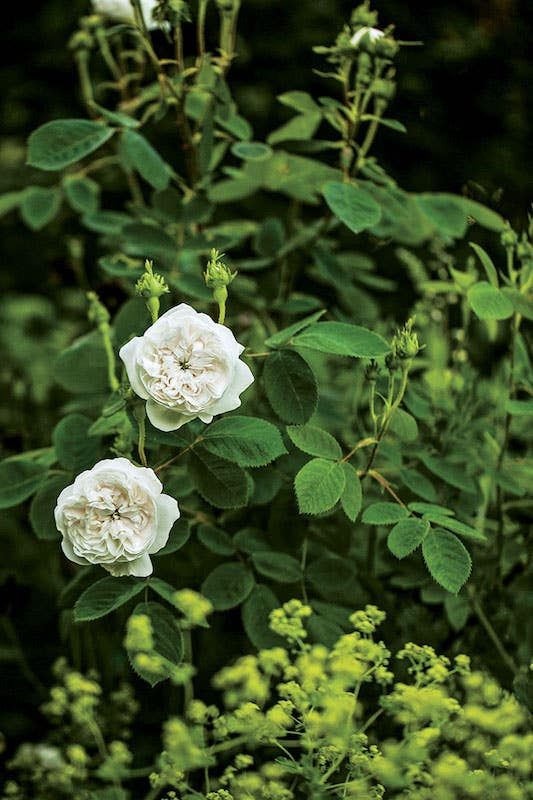

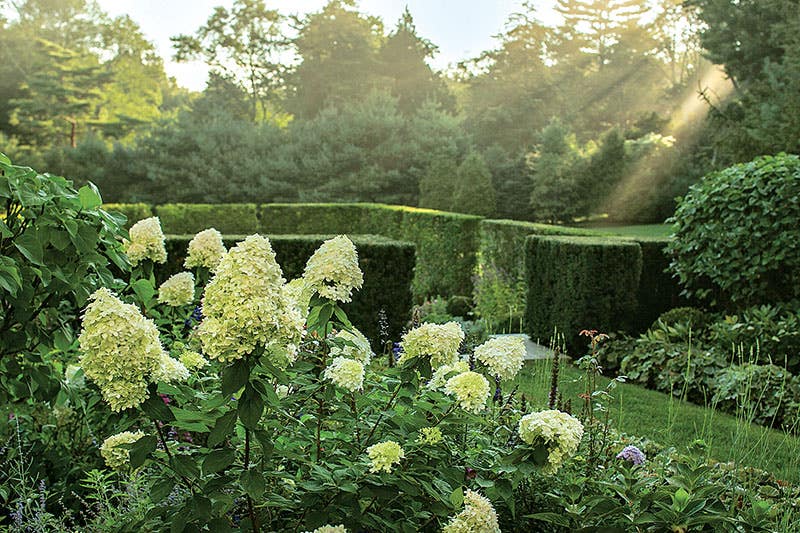
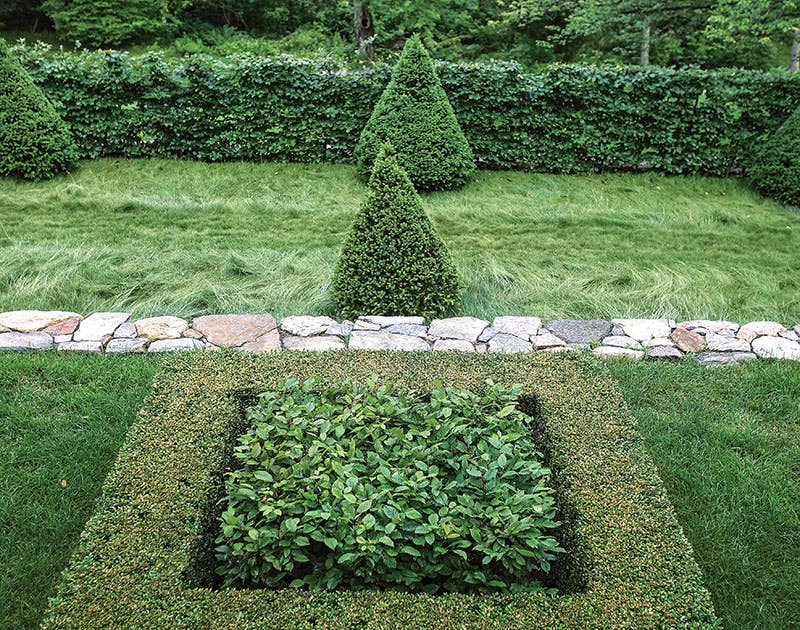
Q and A with Nancy E. Berry
James Doyle where did you study garden design?
JD: I do not have any formal design training. I worked as head gardener on a Russell Page designed garden in southern Ireland, which opened up my world to wonderful horticultural practices and garden design in general. Page’s book, The Education Of A Gardener, was hugely influential in my earlier years of practice and continues to be a reference today.
What garden designer from the past has most influenced your work?
JD: Obviously Russell Page for reasons mentioned above. I have also admired the work of Christopher Bradley-Hole and Piet Oudolf. Bury Court Garden in England displays these designers’ work with contracting styles of naturalistic and minimalistic plantings.
Do you have a favorite style of garden design?
JD: I like order and I am fascinated by the juxtaposition of sheared elements and wilder plantings. I love texture in plantings and hardscape materials and all garden design with any overarching theme of restraint and simplicity.
Where do you find inspiration for your projects?
JD: From travel and architecture mostly. I also find myself drawn to bucolic landscapes and maybe missed my calling to be a farmer.
What have been your most challenging projects?
JD: All projects are challenging for different reasons. Some have huge construction and engineering demands and others are mired in permitting and planning phases that drag on for too long. The challenge is to come out the other end with a marvelously finished project.
What have been some of your most rewarding projects?
JD: Our most rewarding projects are those where we have a wonderful trusting relationship with our clients. We will always push ourselves to offer unique and creative designs and the reward is seeing the client’s satisfaction with this.
How closely do you work with the architecton a project?
JD: Very closely. When you have a team that respects each other’s specialty, we can collaborate to go above and beyond with our designs.
Do you have a favorite plant/ flower?
JD: Deciduous hedging (beech and hornbeam). These elements can be a wonderful backbone to a landscape and provide such seasonal interest.
How involved do your clients get in the decision making process?
JD: It differs from project to project. Some clients are very hands on and others hand it over completely. The goal is to satisfy all of their needs and rise above their expectations.
What are the most requested garden elements today?
JD: Our outdoor season is relatively short so people want to maximize their entertaining time outside. Dining, lighting, fire, and water are all elements that are regularly requested.
Do you use sustainable practices in your design?
JD: Yes, we can educate our clients about LEED Certification and the Sustainable Sites Initiative, but the sustainability approach is generally driven by our client’s desires.
What do you see in the future of garden design?
JD: Well, we practice in the residential sector so I will only opine about that. My wish is that clients embrace sustainable practices and care about water conservation, organic practices, and wildlife on their properties. We should challenge ourselves and our clients to incorporate these practices into creative design work—also, let’s embrace the vegetable garden and beekeeping!
Kathryn Herman
Kathryn Herman where did you study garden design?
I studied landscape design at the New York Botanical Garden, however, I am a lifelong
student of gardening, which is my passion. I personally have a garden where I can experiment and observe, and trips abroad to see gardens all over the world round out my education.
What garden designer from the past has most influenced your work?
KH: Vita Sackville-West, the creator of Sissinghurst in Kent Engand. I’ve been many times to this garden and always take something new away. You truly understand the importance of structure, space, layering, color, and texture by being there. She wrote beautifully about her gardening, too.
Do you have a favorite style of garden design?
KH: I am a fan of the English Arts & Crafts style. Garden rooms decorated with objects and loads of flowers. Lots of hedging and movement through space, make these type of gardens dynamic.
Where do you find inspiration for your projects?
KH: All over. I am a visual person, so I have a large book collection to pour through, along with magazines, the internet, travel— I am an omnivore when it comes to inspiration.
What have been your most challenging projects?
KH: Most of our projects are challenging, which is a good thing. We enjoy coming up with creative solutions to these challenges and having whatever it is, look great so that you would never know it was a problem in the first place.
What have been some of your most rewarding projects?
KH: Rewarding projects are those where the client is engaged in the process and they share the same excitement of seeing their project come together that I do.
How closely do you work with the architect on a project?
KH: I love to collaborate with architects. It is the best way to give the client a great project. We work closely with them on layouts, details, and making sure everything fits together.
Do you have a favorite plant/ flower?
KH:Alchemilla mollis commonly known as lady’s mantle. It has a wonderful, textured leaf and a great chartreuse colored flower. No garden should be without it.
How involved do your clients get in the decision making process?
KH: Our clients hire us because they trust us and know that we will bring a level of sophistication and taste to their project. We do like input on specific wishes they may have.
What are the most requested garden elements today?
KH: Fire has become something that we are adding more of to our projects. Not only does it add movement and warmth, but it is also something people can gather around and experience together.
Do you use sustainable practices in your design?
KH: Good design, built with quality materials, is sustainable, as those qualities will ensure that the work is long lasting. We look to elevate our projects by using high-quality materials and attention to detail.
What do you see in the future of garden design?
KH: Continued growth in appreciation for gardens and outdoor spaces and how transformative and impactful they can be on our enjoyment of time and space. There has been growing interest in outdoor living rooms, which are an extension of the home. The Internet, with myriad great images creates aspirational environments. This in turn leads people to search for designers to bring their desires to life and push the bounds of what gardens mean.



